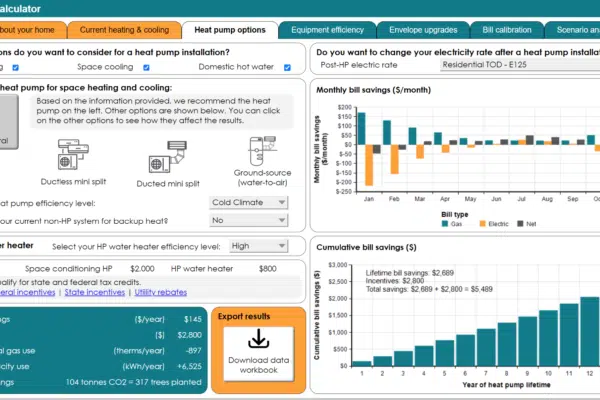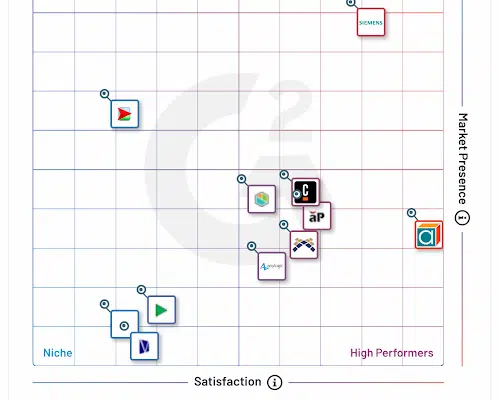Image source: eight2late.files.wordpress.com
Has risk become too much of an obsession? It’s difficult to condemn people for being meticulous, maniacal even, when it comes to assessing risks concerning health and safety. Yet others feel that risk assessment in general may have gotten out of hand. When he was Prime Minister of the UK, Tony Blair said, “We are in danger of having a wholly disproportionate attitude to the risks we should expect to run as a normal part of life”. Risk management, or lack of it, is also frequently the scapegoat for financial disasters. The collapse in 1998 of the mega investment company Long-Term Capital Management is one example, although the accusations are not necessarily justified. Could it be that with risk assessment we are now having too much of a good thing?
Risk maps and matrices
As tools of the risk trade, risk mapping tables and matrices can give valuable insights. They are also easy to use and for that reason relatively popular: Analytica offers matrix-handling and gives you a number of matrix functions, among all the other modeling functions available. However, while they are used in analyses as diverse as climate change, enterprise risk management, terrorism and transport network construction, risk matrices also have their limitations as an approach to risk assessment. These include giving the same risk assessment for quantitatively different risks and increasing qualitative ratings for risks that are quantitatively smaller (giving results that are worse than random).
Risk assessments that err on the side of safety
In keeping with the problems of risk matrices, going overboard on safety to compensate for uncertainty is also very common. The fear of a later analysis revealing that initial risk assessment was too optimistic pushes people to be overcautious. In fact, in such cases it is not risk assessments that are made, but simply upper bound risk assessments (‘It shouldn’t be any worse than…’). When several groups or parts of an organization are each overly prudent in risk assessment, the cumulative effect can become overcautious to the point of being misleading. To understand what is going on, the propagation and multiplication of uncertainties in risk assessment can be tracked using simulations built with Analytica.
HazChem, Mars and VaR
Faced with exaggerations in risk assessment that can cause operations and interventions to grind to a halt, some organizations have taken a different point of view. Risk evaluation of the contamination of a site for instance needs to remain realistic and practical. A first pass to simply understand whether contaminants are present and what effect they may be having on the environment and plant and animal life may be of more use than insisting on immediate risk calculations. The Mars landing team came to the conclusion that while numerical calculation of the risks of infecting Mars by the Earth was important as insights into the planning, in itself it could distort the decision process. Similarly, Value at Risk measurements can be useful in finance as a way of assessing risk, but if there is undue focus on them, they may paralyze investment activity.
If you’d like to know how Analytica, the modeling software from Lumina, can help you easily track the propagation of uncertainty in a risk assessment, then try a free evaluation of Analytica to see what it can do for you.





